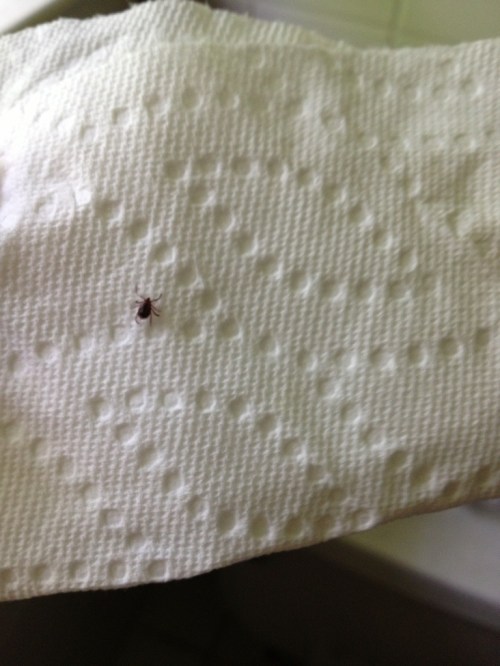There is a little creature who has been around for millions of years. They are the bane of every outdoors person. I am talking about ticks!
The return of warm weather also signals the return of the tick. Ticks are arachnids so they have eight legs just like a spider. They have four stages of development and during each stage they must take a blood meal to complete the stage. They usually use a different host species for each stage.
Once they find a host the female may feed for 8 to 10 days and increase her weight by 100 times. She drops to the ground, lays about 1000 eggs. She then dies.
The eggs hatch in about two weeks and the cycle begins all over again.
There are at least four species of ticks in North Carolina and they may transmit several diseases. Rocky Mountain spotted fever and lime disease are the most common tick-borne diseases but there is also Ehrlichiosis, which is becoming more common in humans.
A new tick from South America has appeared recently in the South East, Ixodes Affinis. It does not host on humans but can increase diseases in animals which could be transmitted to humans.
How to protect you and your animals.
1) Check you and your pets several times a day, especially when you have been outside. One way the females find a host is by climbing to the end of grasses or the edge of the leaves on shrubs and hold out their legs until an animal comes by and their hooked legs latch on to fur or clothing.
2) Use a insect repellant. Be sure to spray your legs, arms, and back of your neck.
3) Immediately wash all your clothes that you wore while outside. Ticks can live for weeks between feedings. If you put your clothes in the hamper the ticks will just crawl around your house until they find a host!
4) Spray your yard and shrubs with an insecticide. Also, the sides of the house up to the bottom of the windows. Ticks lay their eggs in leaves, mulch, or in the cracks of rocks and buildings.
If you do find a tick feeding on you:
Remove it with tweezers grasping it at the head where it attached to the body. If she does not come out easily you can put fingernail polish or antibiotic ointment on its rear end. It will be unable to breathe and will detach in a few minutes. The only safe place to dispose of a tick is by flushing it in the toilet.
If you experience a rash at the site of the bite or flu-like symptoms report to a doctor immediately. Early treatment is important for all tick borne diseases!
***




